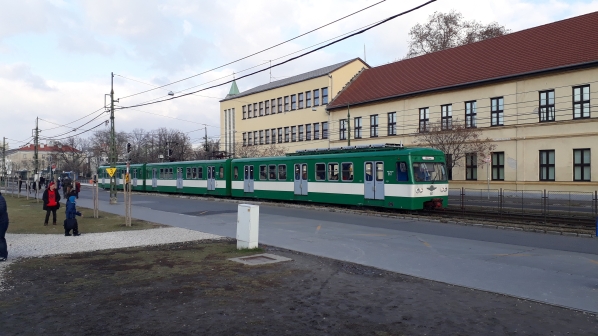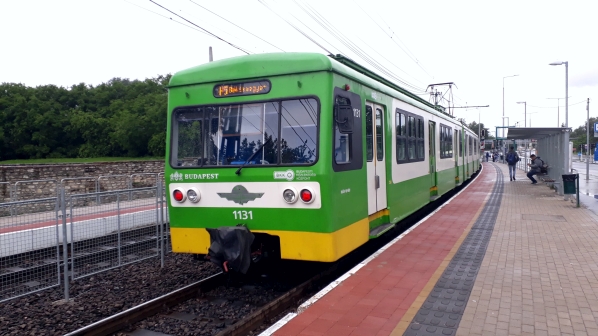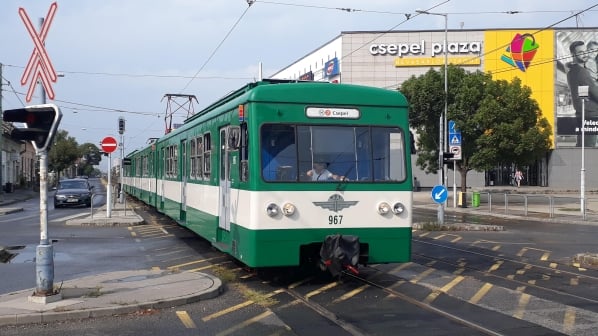The fleet will replace the ageing trains on lines H5, H6 and H7, and the tender includes an option for 12 additional trains.
Each EMU must have capacity for 700 passengers at four passengers/m2, as well as space for four wheelchairs. The trains must not be more than 120m-long, and must be at least 75% low-floor. The option, which will be available for up to six years after the final EMU is delivered, will be for a minimum of six trains if exercised.
The deadline for submitting tenders is October 26.

The tender will be decided on a points-based system, with 55% of the points based on purchase price, 15% for the percentage of low-floor area, and 12% each for the number of seats and the floor height area that is not low-floor. A further 6% is determined by the width of the doors.
The modular trains will be articulated with low-floor access between each coach.
MÁV-HÉV currently operates three-car trains on the lines, with two sets operating in multiple during peak periods. However, a single new train will correspond to two existing trains operating in multiple, increasing capacity on off-peak services.

The Budapest Development Centre (BFK) recently tendered for planning of the extension of lines H6 and H7 underground to Kálvin Square, which will result in a common alignment to the city centre. A tender to plan the rebuilding of line H5 is also underway.
The current call for tenders does not include vehicles for lines H8 and H9. Plans to connect these lines with metro Line 2 at Örs vezér square has been suggested, but this has since moved down the list of priorities. However, the idea has not been dropped altogether and a new branch line for Line H8 is also being considered. If these lines are connect with metro Line 2, a train capable of operating on third rail electrification would be required.
For detailed data on fleet orders from around the world, subscribe to IRJ Pro.

